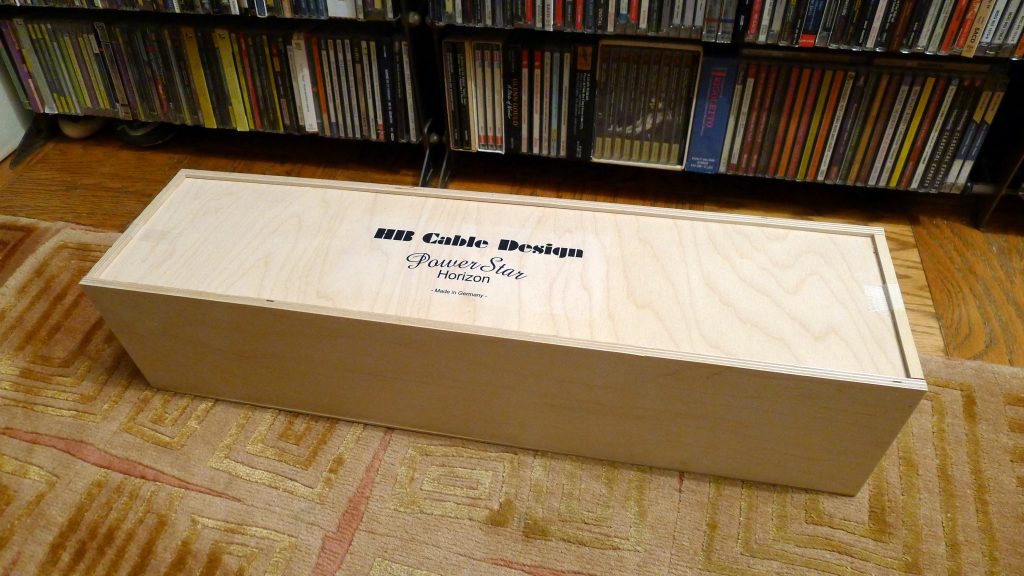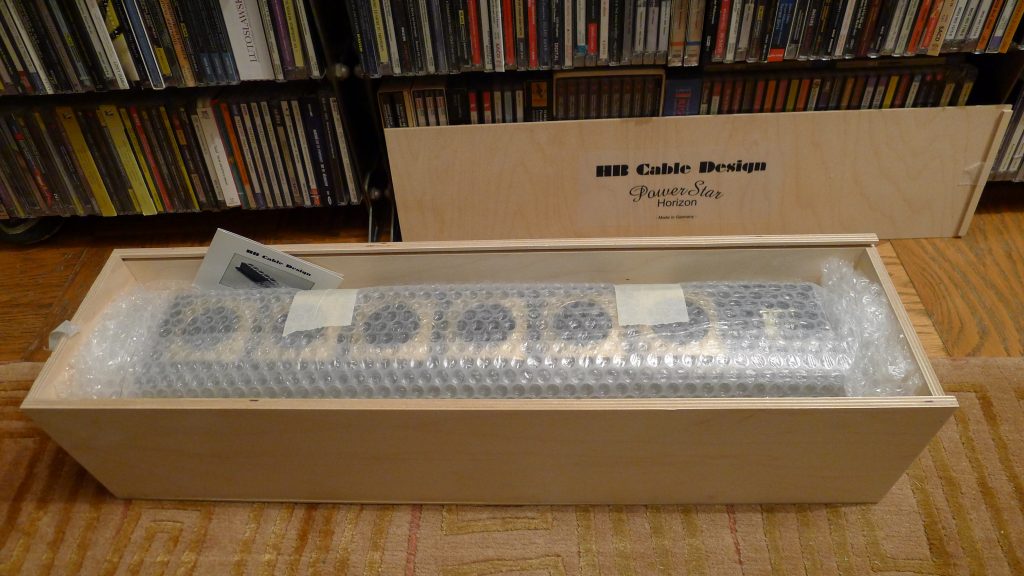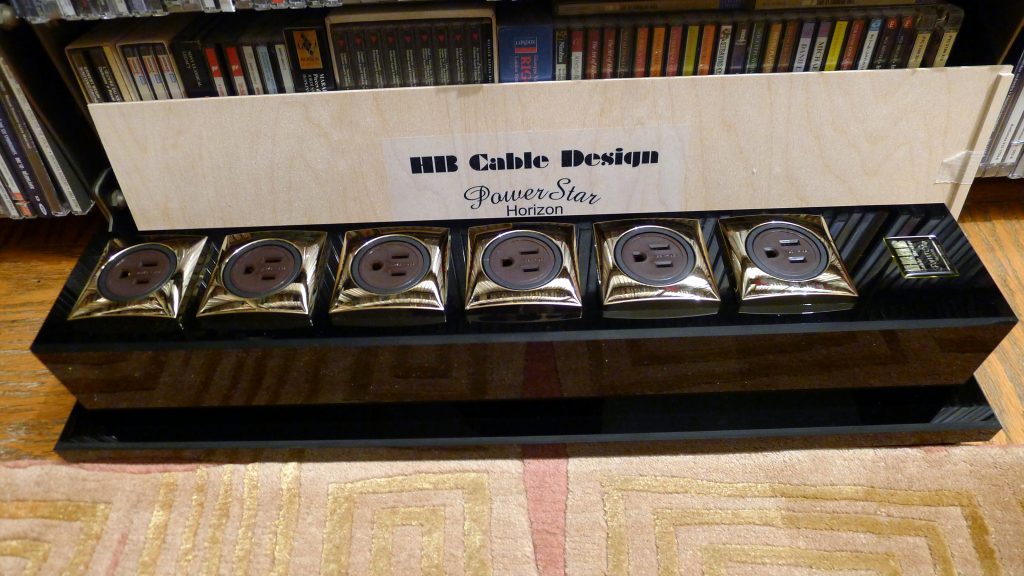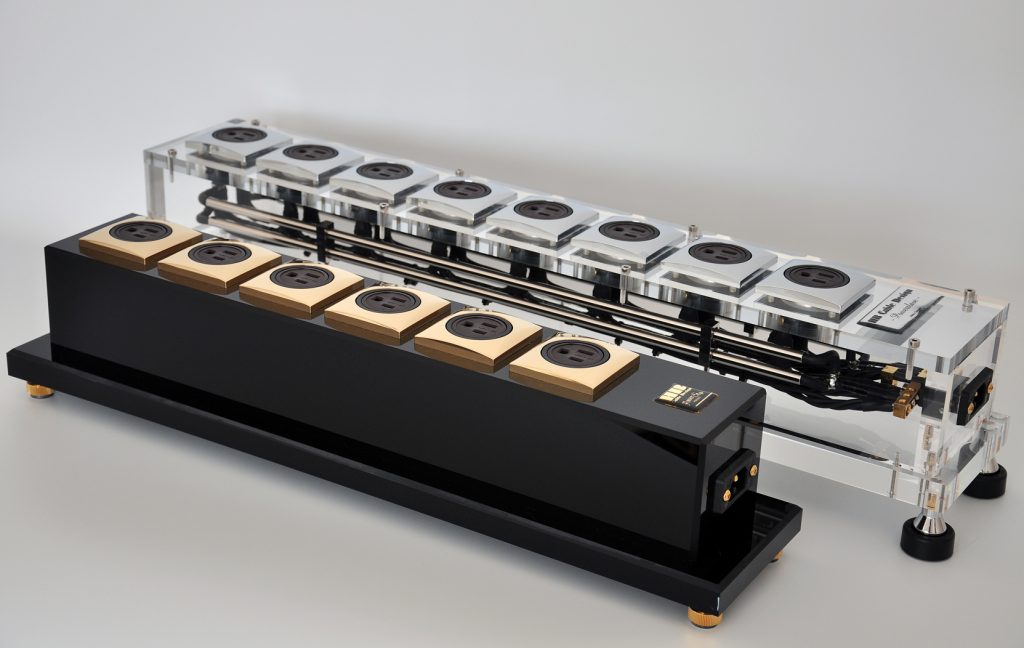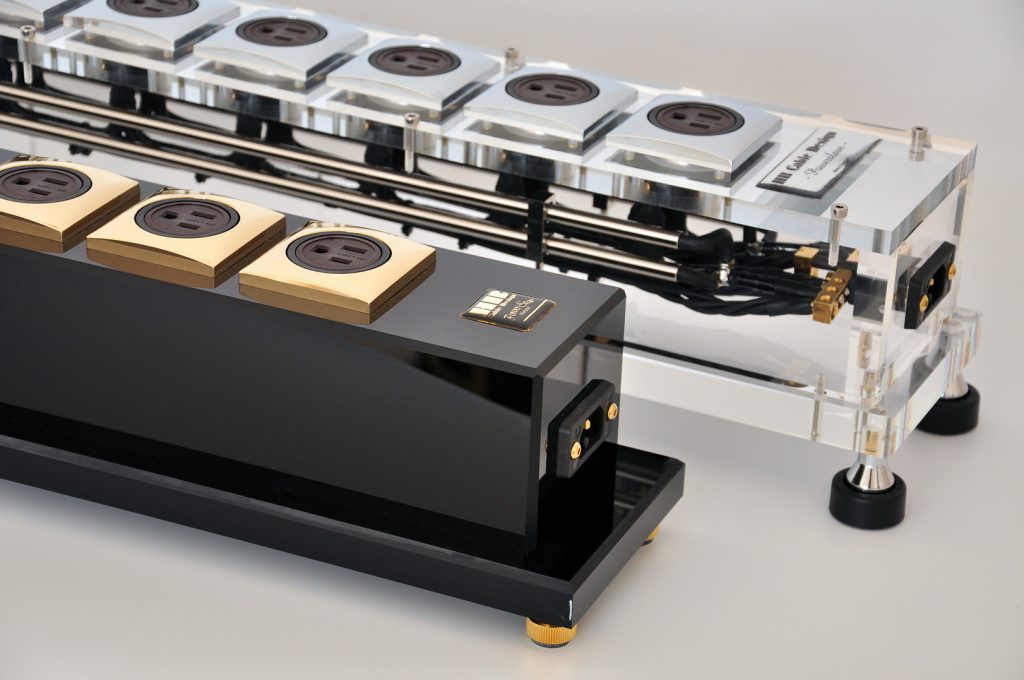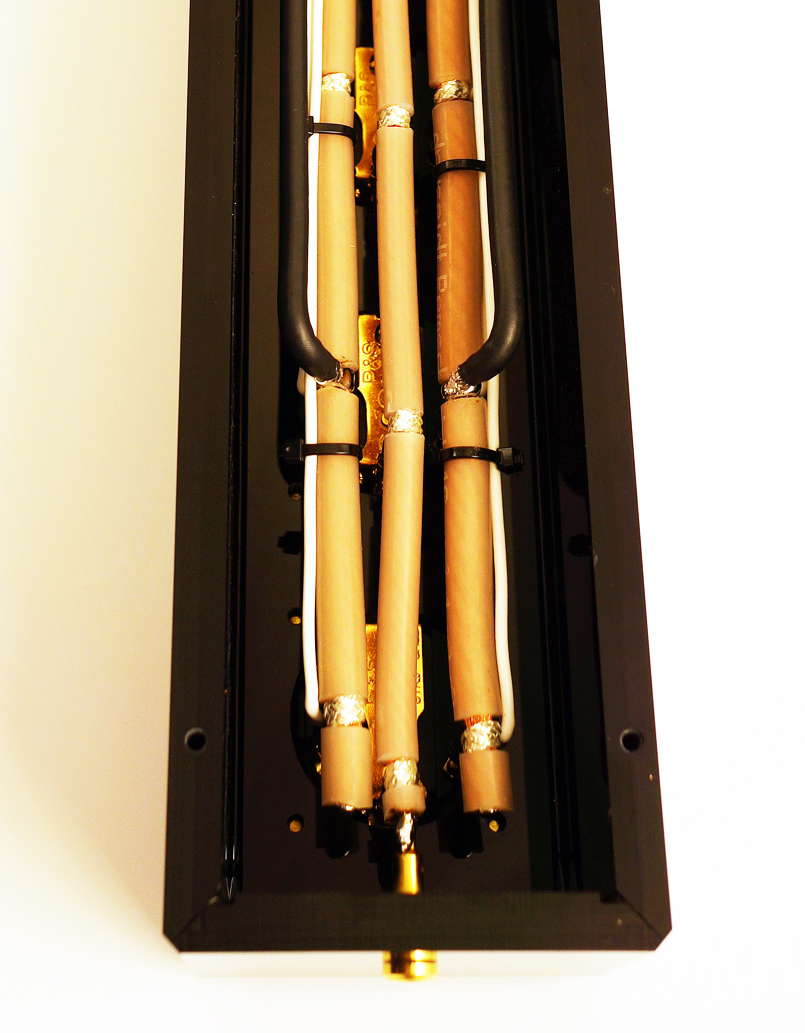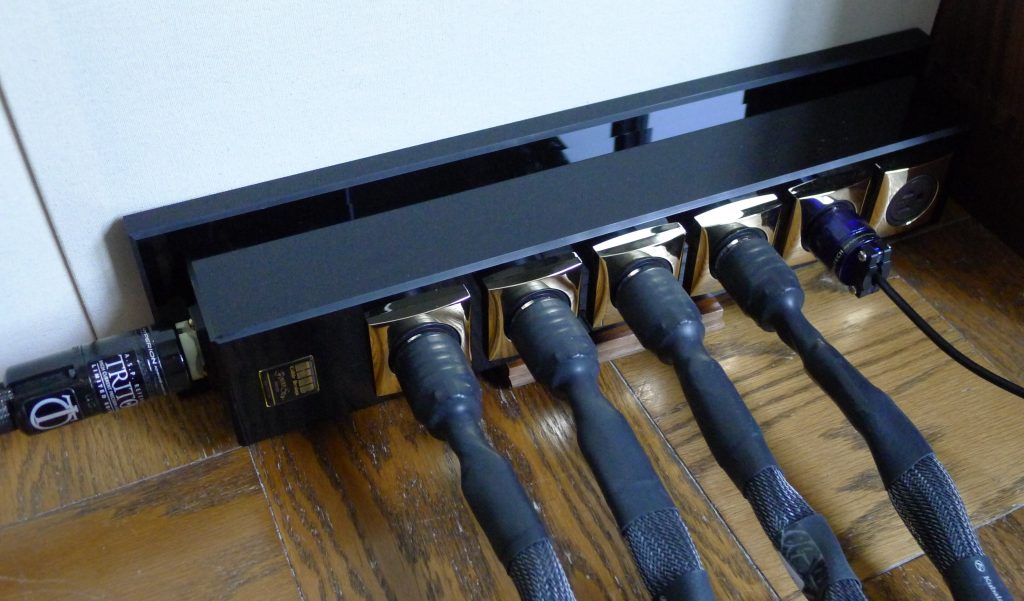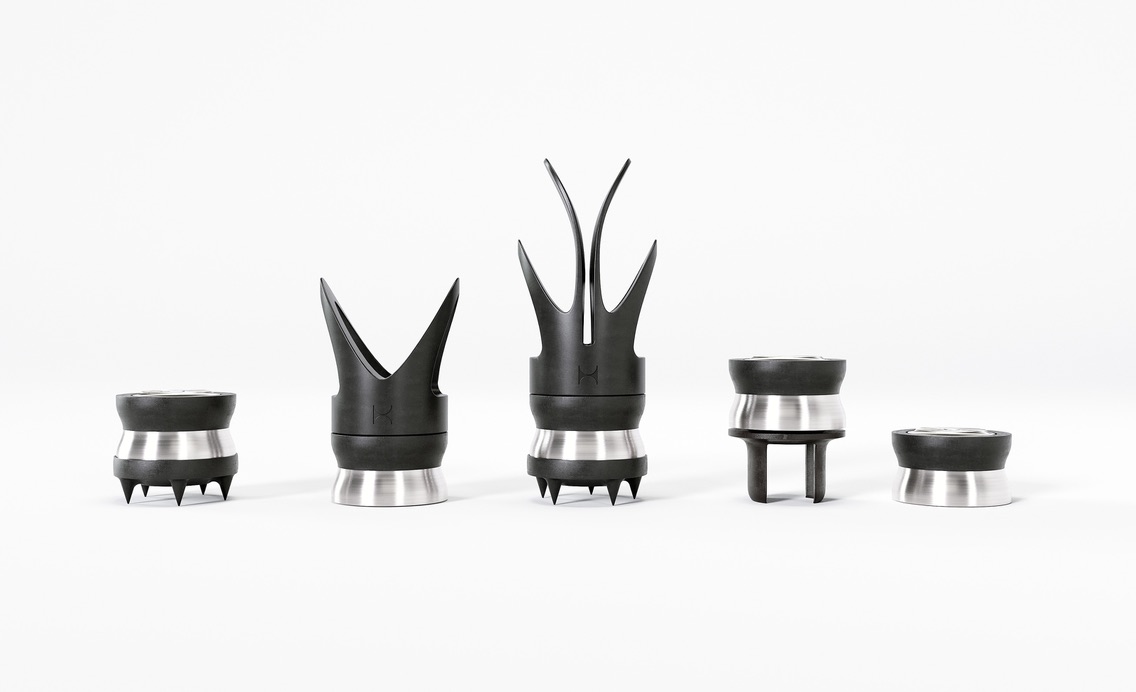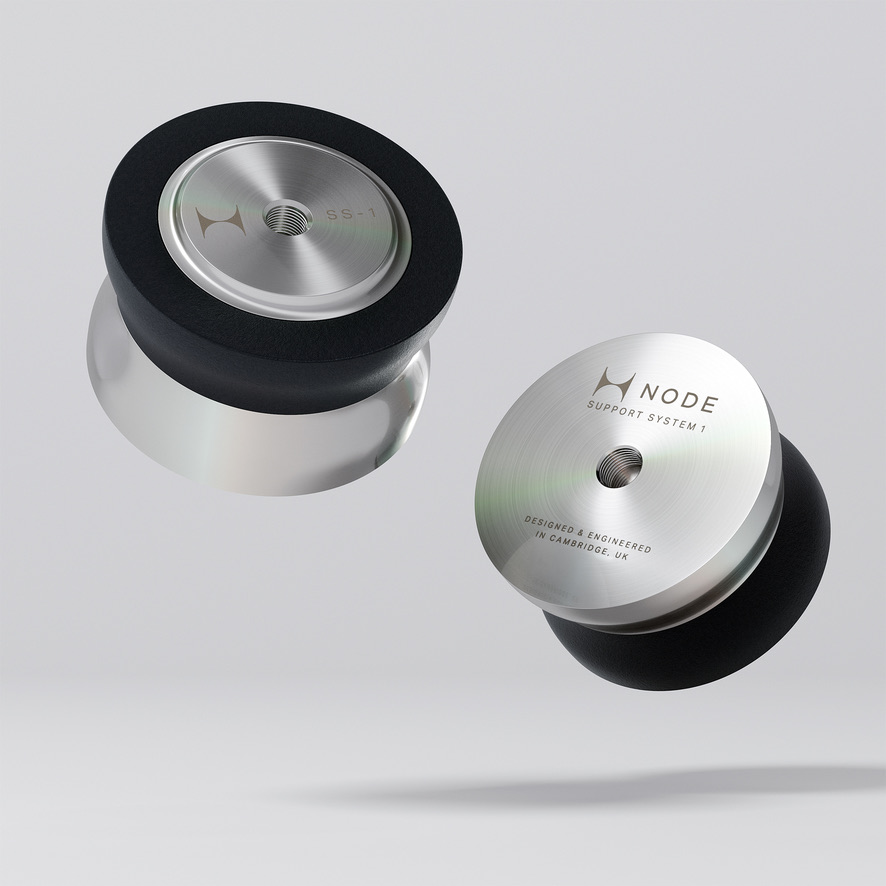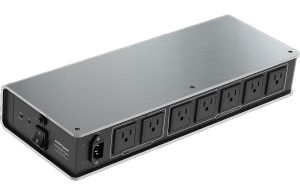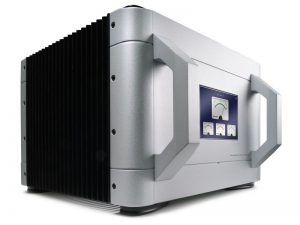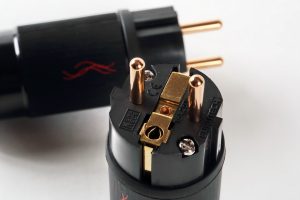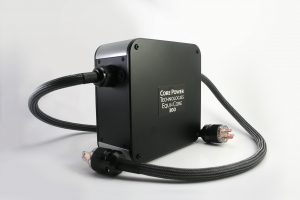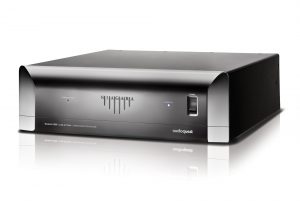If you ask five guys what's the best way to configure AC power for an audio system, you're likely to get five—or more—answers. Everything in audio is contentious; AC power delivery is no exception.
At one point I was advised, "Every component needs a dedicated line, especially your amps if you're running monoblocks." The reasoning here is you don't want to choke dynamics by limiting the current available.
At the other extreme: "Plug everything into one wall outlet. That's the only way all the components will see the same AC ground potential." Ground potential has zoomed from an obscure concern to a minor product category today.
"Everything digital goes into one outlet and all analog goes in another." This was popular for a while. Digital contamination used to be talked up a lot.
I settled on a convenient middle ground that made sense. I divided up the load evenly between my two dedicated AC lines. I thought this might have given me a slight uptick in dynamic range, as each monoblock got its own line. It's hard to say.
But I know for sure that when my turntable motor and the phono stage are in the same outlet my analog front-end always sounds marginally better. Ditto for my DAC and transport. Would this also apply to amplifier monoblocks?
I decided to test the hypothesis. Fortunately it was not hard to do—all I needed was to get an old Ensemble Powerpoint AC distributor out of the closet and plug my CH M1 monoblocks into it. Everything else went into my other line.
Well, I can't say dynamics took a hit. After all, each of my dedicated lines is on a 30 amp circuit breaker. You have to have really hungry amps or play very loud to draw that kind of current. But I did notice the same kind of change as when my front-end components were on the same circuit. Music flowed easier, with less strain and pleasingly rich timbres. This new AC arrangement is staying put.
Then I glanced at that ten-year-old Ensemble Powerpoint. It was good enough to prove the point, but there are now some heavy contenders on the scene. When I get serious about AC power products, HB Cable Design of Germany immediately comes to mind.
Two HB models: PowerStar Horizon & PowerSlave Acrylic
I had already reviewed a couple of their power distributors. For my AC redesign, I opted to go with the entry level in their lineup, the PowerStar Horizon, for two reasons: price and size. I wanted to keep the cost reasonable (if you consider $4500 reasonable), and the PowerStar Horizon is smaller than the others. It has six outlets and measures 22" long; the PowerSlave Acrylic model is 26"; the PowerSlave Marble is 29".
When it arrived, my reaction was the same. "Whoa! What's with the huge shipping box?" Then, when you take out the object inside, it stops you in your tracks. All of the HB distributors are over-sized and massively over-built. Depending on your point of view, they are gorgeous—or ridiculous. Either way, build quality is second to none.
Design and Construction
The PowerStar Horizon has six gold-plated AC outlets don't resemble any others I've seen. The IEC plug is also custom designed, with solid copper alloy contacts and two-layer gold plating. It is housed in black Polycarbonate "Makrolon" acrylic glass, a material known for its non-resonant qualities, that is similar to the acrylic used for many turntable platters. The Powerslave model uses clear Makrolon allowing a view of the interior parts. HB distributors have a very distinctive appearance.
The Powerslave Acrylic is see-through Makrolon
HB distributors are true passive devices. There are no capacitors, resistors, or other electrical circuitry of any kind inside. They contain no noise filtration or vibration absorption compounds. Instead, there are runs of hybrid silver and copper conductor wire that appear to be very heavy gauge, greater than you would expect to find in these devices. (The company also has a highly regarded line of signal wires and power cords.) The conductors are ensconced in multiple layers of dielectrics and shielding.
The Benefits of a Passive Device
These days I only use passive AC products. The benefits of passive devices are well known: principally, they don't muck around with the signal. If you're used to an active device, you will be startled by how much additional fine detail comes through and by the sky-high purity quotient. Passives are prized for sounding effortless and acoustic.
The Drawbacks of a Passive Device
The drawbacks of passives are also well known. Typically, the sound becomes soft, dynamics take a hit, and speed is negatively impacted. They do not clean up power line grunge. That is left to the conditioning built into your components.
But How Does it Sound?
OK, the PowerStar Horizon looks incredible. But what about the sound? Given the passive design, it is nothing at all like you would expect.
First, instead of getting soft, the PowerStar Horizon firms up frequency response across the board. This is especially beneficial to the bass range, as tonal balance gets a bit darker and there is more bottom. Everything gains density and weight. Image size inflates to some degree and borders are more defined, without becoming etched.
Secondly, the impact on dynamics is completely counter-intuitive. The sound becomes more energetic, crisp and contrasty. Instruments start to pop and the performance more engaging. The impact here is pretty startling. There is no loss—only gain—with the PowerStar Horizon.
Power Cord Round Up
Good as it is, you can take full advantage and multiply the effect by using a first rate power cord from the wall to the distributor. Fortunately, the importer had just the thing.
He initially sent me the Stage III Triton Power Cord ($6000/1.5 meter). I had a fleeting concern about plugging a $6000 power cord into a $4500 distributor. Wouldn't that be overkill and likely a waste of money?
The Stage III Triton PC in front of the PowerStar
Emphatically not! The PowerStar Horizon is so over-built it is not a limiting factor in any capacity. You will hear what each PC brings to the table. The Triton power cord latched to the PowerStar Horizon literally doubled up on all the bennies—weight, power, incisiveness. Additionally, the Triton gave me more timbral color and a warmer, sweeter tone.
Then things got more outrageous when the importer sent the next-model-up Stage III Power Cord, the Kraken ($8400/1.5 meter). What a beast! Again, everything got bigger, more round and beefy—and sweeter. Yes, sweeter. The Kraken piles on more warmth and further density. With the Kraken, ordinary CDs began to sound like audiophile-grade source material.
It's hard to let these Stage III power cords go once you've sampled them. I'm not going to be returning either of them.
Conclusion
These days I only use passive power products. Active conditioners do some marvelous things and many people swear by them, but one thing is beyond dispute: active conditioners change the component's voice. I don't want that. I choose my components carefully, precisely for how they are voiced.
Passive power distributors don't muck with the sound. Well, maybe that's not completely true: the best of the passive distributors, like the shockingly over-built HB Cable Design PowerStar Horizon, does change the sound. It boosts all the things that audiophiles want, but leaves the component's essential voicing intact.
While it ain't cheap, the PowerStar Horizon is one of the best. And if you can swing it and throw one of those the Stage III power cords in front of it, you're looking at an improvement of the magnitude you'd normally get from a component upgrade—maybe even more.
The fun of this hobby is that upgrades and new developments never end. With that thought, I suppose there may be an article down the road that'll start, "I've long contemplated putting all of my gear into a single wall outlet…"
PowerStar Horizon Power Distributor
Retail: $4500
Triton Power Cord
Retail: $6000 1.5 m
Kraken Power Cord
Retail: $8400 1.5 m
HB Cable Design
Stage III Concepts
Importer (for both)
Aaudio Imports
Parker, CO 80134
303-264-8831




